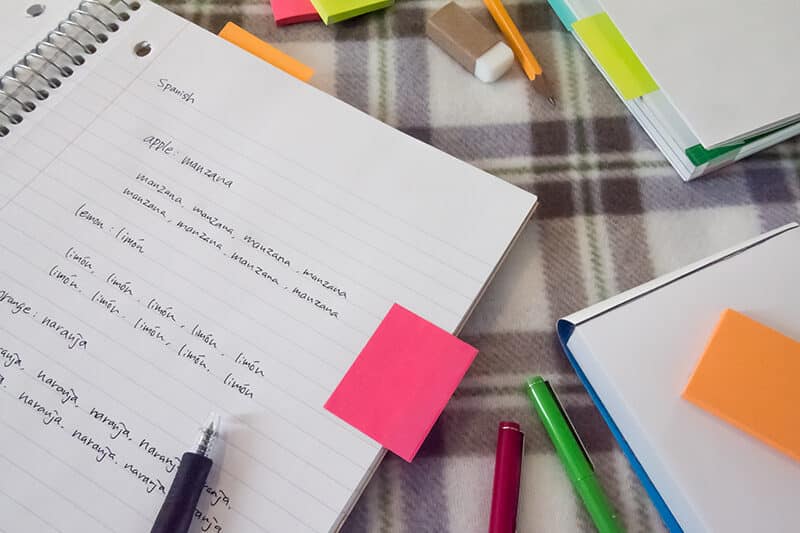Language Learning Methods Compared

When learning a new language, some students excel and dive headfirst into the content, but others can struggle or become overwhelmed. Students respond in a myriad of ways to different learning methods, but there are multiple successful methods that can help streamline the language learning process for both the students and the teacher.
That’s why we’ve compiled a list of methods that can be easily adopted into your lesson plan. Feel free to take what you think will best suit your classroom environment, and enjoy watching your students fall even more in love with a new language!
The Full Immersion Approach
While this may be anxiety inducing to students at first, they will soon find themselves surprised at how quickly they begin to understand and speak the language. Begin by announcing the lesson plan in the target language, and afterwards break what was just said down step by step, stopping to translate in English when students have questions. Immediately speaking the target language the entire class is not recommended, but a slower integration of it will bring results.
Gradually spending more and more class time speaking only the target language will both subconsciously help students to learn the language faster and encourage the students to want to understand what is being spoken to them. Keep in mind that while this will help them learn quickly, they still need to work on their writing skills, so be sure to integrate a writing practice at some point during class.
The Grammar-Based Approach
This method introduces a small amount of vocabulary in every lesson combined with a heavy emphasis on grammar. Begin each class with a list of related vocabulary and challenge the students to memorize them with fun memory games. You could throw in periodic vocabulary quizzes to encourage the students to memorize them as quick as they can.
Then, teach the grammar lesson for the day, while integrating the new vocabulary into the grammar practice. This is a fun and fast paced way for the students to learn the language with memory games, and teaching the grammar with newly learned vocabulary will make the lesson more relatable and exciting.
The Communicative Approach
This is the most easily applied method in a classroom setting because it is consistent with building general proficiency, which is helpful when teaching students with multiple skill levels.
Make a lesson plan that always targets practicing two skills: 1. reading or listening and 2. writing or speaking. While the students might not learn the language as quickly as they would with other methods, it builds a strong and lasting foundation for the students that will improve and speed up language comprehension over time. As they slowly build that foundation, they will be surprised at how easy the language starts to come to them.
The Translation Approach
This method is more applicable for more advanced students looking to progress from proficiency to fluency. The approach is very simple because it involves translating a piece of literature or text to get a more in depth understanding of how the language is formatted.
To begin, take a textbook or excerpt of literature in the target language, and translate it word for word, but also keep in mind that word for word may not always be the best translation. This makes it more challenging, because students are forced to consider how the language differs from the student’s native language, and makes them aware of commonly used phrases in the target language rather than their own.
For less advanced students, this method can be used occasionally and with easier texts such as children’s books. It gives the students a challenge and forces them to consider what makes the two languages different, and in turn helps them learn phrases or words that may not have a direct translation.
Whichever method you employ, giving your students the chance to experience the target language in a native cultural context will most likely make a lasting impact–whether that’s via leveraging resources inside or outside the classroom.
Which of these language learning methods have you used in your classroom? Let us know in the comments section below!











